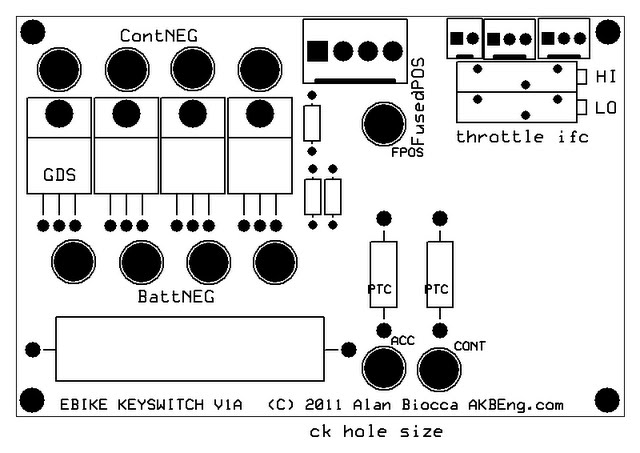RICK
10 mW
Hi Alan,
Very nice. Looks like it can climb very well indeed.
Have been using PCBExpress for years, and they have a great system. If others on the forum want the boards you could share your files -as you mentioned the software is a simple download.
Be sure to keep an eye on the front stay for your rack.
Looks great!
Very nice. Looks like it can climb very well indeed.
Have been using PCBExpress for years, and they have a great system. If others on the forum want the boards you could share your files -as you mentioned the software is a simple download.
Be sure to keep an eye on the front stay for your rack.
Looks great!


